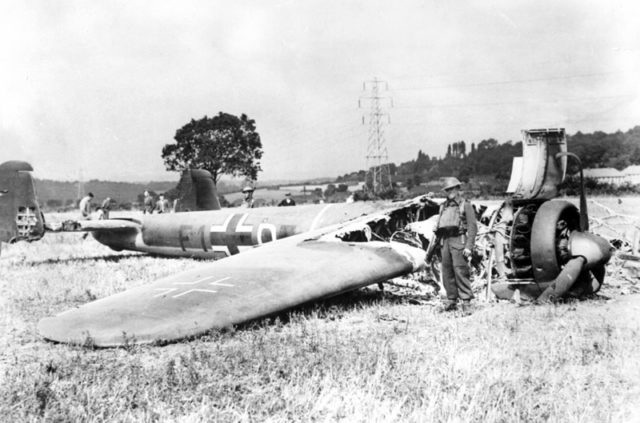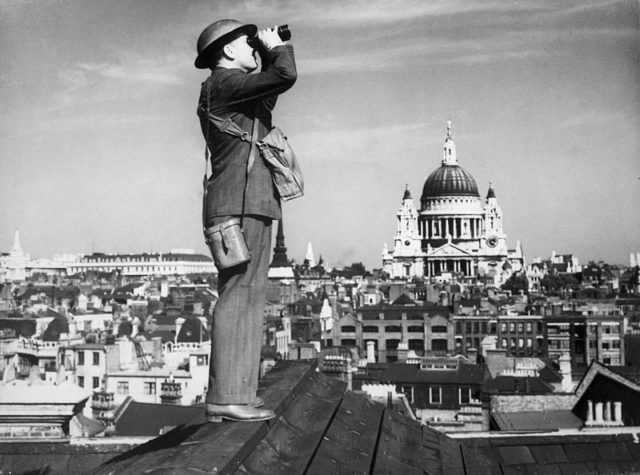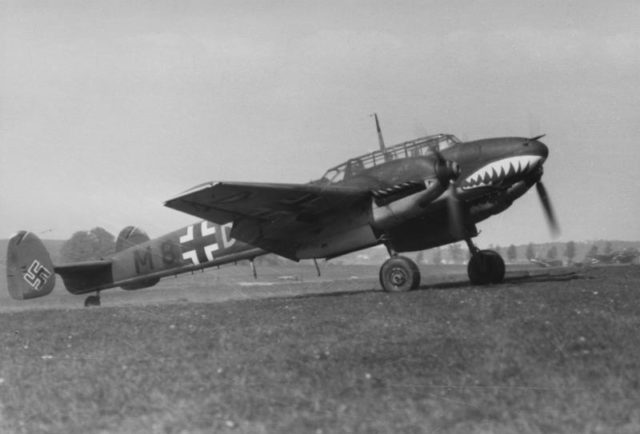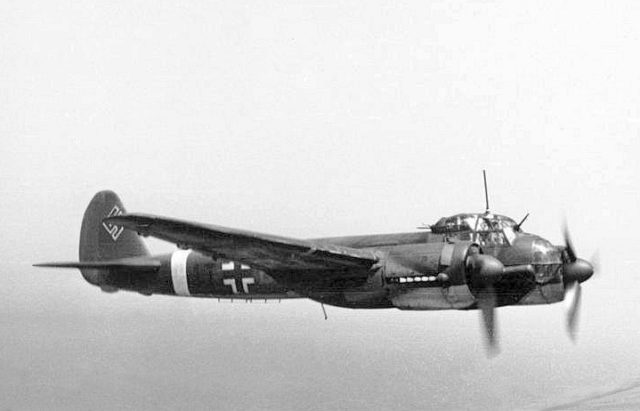The Hardest Day in the Battle of Britain took place on August 18th, 1940 when the German Luftwaffe decided to try and destroy the UK Fighter Command.
The air battles that took place between the two forces were some of the biggest air engagements to have happened at that time, and both the Germans and the UK had high casualties.
Here, we take a look at ten facts about The Hardest Day of World War 2 for the UK.
1. It was The Hardest Day due to the amount of aircraft lost.

The fighting continued into September in the Battle of Britain, but neither side sustained as many losses as they did on August 18th. Both sides lost more aircraft combined than at any other point during the battle, so August 18th became known as ‘The Hardest Day.’
2. The Germans planned to destroy the RAF so they wouldn’t be able to stop the invasion of the UK.
Britain had naval superiority over Germany, but in June 1940 they were all but defeated in Scandinavia in the Western Front and were running low on air power. They planned to bomb the RAF airfields in the south of England.
The first five were in Greater London, and there were another six satellite airfields that were potential targets. They chose to narrow down the targets to have a greater concentration of strength and sector stations RAF Kenley, North Weald, Hornchurch and Biggin Hill were chosen as the main targets for the plan.
3. The Germans expected a weaker opposition than the UK actually had.

The rumor that German Intelligence received was that on August 17th the British were down to just 300 serviceable air fighters. In reality, there were actually 855, with another 289 in storage and a further 84 in training units. The Germans began their attack expecting a much weaker opposition than they actually faced.
4. The formation the RAF used was a tactical failure.
AOC Fighter Command Hugh Dowding and his planners came up with a formation for the pilots that were incredibly tight. Pilots were trained to open fire at a long range of 300-400 yards then break away without closing to short-range. The tactics had been practiced over the years but were to be impractical and purposeless in the battle Britain was on the cusp of in 1940.
The tight formation meant RAF pilots were more worried about keeping in their position and not crashing into one another than looking out for the enemy for bombardment. This made them at risk to surprise attacks by the Germans, and the rushed training meant pilots could barely use the old tactical methods or cope with any changes made.
The long-range attacks were broken off too early and did little damage to the German fighters.
The famous V-formation was developed in June, but it was still inferior to the Germans much more flexible formation.
5. The Germans planned a pincer movement at the airfields.

The weather was clear and sunny, making it ideal for flying. The airfields that were selected were chosen because they were the largest ones known to the Germans that were in operation. They knew that if the poorly protected buildings at the airfields were bombed, and if the staff was killed or wounded it would be a serious hindrance to the UK operations within that region.
The attack was part of a coordinated pincer movement against the airfields. Planes were to dive-bomb buildings and hangers in the airfields from a higher altitude first before other aircraft would swoop in five minutes later and bomb the runways and landing grounds while also attacking the defenses. After this, a low-level strike unit would go in and destroy any other buildings. If the plan was successful it would wreck the airfield, but the attack was postponed due to heavy mist reducing the visibility.
6. The British thought there were more German planes attacking than there actually were.
Altogether the German forces had 108 bombers and 150 fighter aircraft. They finally set off at 11 am, two hours later than scheduled. They found Calais was covered in cloud, and as the planes ascended the formations lost their solidarity and had to reform, losing more time. Some of the planes had overtaken the bombers that were supposed to be ahead of them, meaning the plan of attack was now the wrong way round. The Dorniers that were supposed to attack first ended up 15 miles behind the other bombers.
The British were aware of the approaching enemy aircraft but estimated the strength of the German planes as approximately 350 aircraft, which was one-third more than the actual size of the force. They prepared for that size and had 12 Hawker Hurricanes in the air above Canterbury, and eight more Squadrons were sent to meet them. There were a further three Reserve Squadrons held at RAF Tangmere as reinforcements.
7. The attack saw a high number of aircraft damaged and destroyed on both sides.

The air engagements between the UK and Germans on August 18th, 1940 were the biggest air battles in history at the time, and both sides saw a high number of aircraft casualties. For the UK around 30 fighters were destroyed in the air while a further 39 were damaged, and almost 30 aircraft were destroyed on the ground.
Only ten people were killed, however, and 19 wounded. Meanwhile, the Germans saw around 70 aircraft destroyed and also 39 damaged. 94 Germans were killed, 40 were captured, and another 25 were wounded.
8. Both sides lied about the actual figures of aircraft that were shot down or destroyed.
British propaganda claimed that almost 150 German planes had been destroyed, which was more than twice the actual figure, and in response, the Germans stated they had only lost 36 planes in the fight, less than half of what they actually lost.
Meanwhile the British claimed to have only lost 23 aircraft during the fight, and the Germans boasted they had destroyed 147 British aircraft. This was common in wartime, and German fighter pilots stated that German High Command always misled people about the losses they had taken.
As the British expected more Luftwaffe forces than there actually were their reaction was much stronger than the Germans expected. Both sides took heavy losses, the most losses in one single day during the Battle of Britain. Although the loss rates favored the British side, the high amount of losses were not something that could be sustained on either side for the remainder of the battle.
